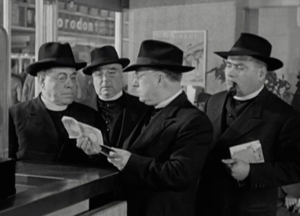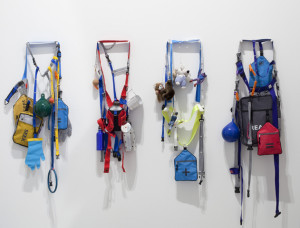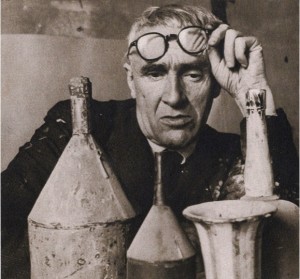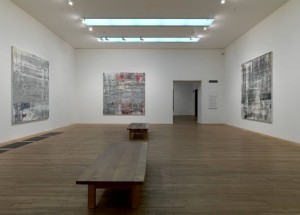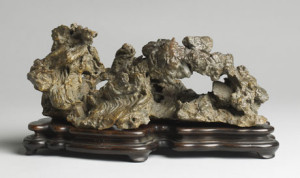The Noticer Object Autobiographies from Simon Pope on Vimeo.
Talking from the point-of-view of the materials, describing the ways in which each interacts with each other in the construction of participants’ noticer objects.
I really resisted having my backing torn away, but in place of that I was rolled and adhered to another. It made it look better.
Rolled, cut, greased, covered, taped, sliced, pressed, worn.
Starting out big and now rather small I was stabbed and cut and pushed against something sticky. My edges, once smooth, are now jagged and rough. Poor craftsmanship has left me with a hole in my frames. Stabbed, cut, pushed, jagged, I now lie on the cold floor surrounded by round things. Stabbed, cut, pushed, jagged.
Rolled and unravelled, shaped, cut and torn. Fitted and measured, stretched and sliced. Folded and refolded, until the wool is formed, stuck in place, trapped, noticed.
Rectangle within rectangles was sliced out, then hung precariously together with sticky tape. I was influenced by the wall of black paper and so began rebuilding myself as a triangle. I kept my windows, celebrating them and allowing myself to be more accessible.
I am flexible, accommodating and pliable but to an extent there are some ways that i don’t like to be manipulated. I was cut down to a more manageable size using a box cutter; I put up some resistance, but the whole process was relatively quick. Then I was folded in four ways; again I put up some resistance to this folding—it didn’t seem natural to me. They used the box cutter to score the area to be folded. I was forced into an unnatural rectangular shape and quick;y secured with two bits of tape and then with a long strip of tape went along my edges to completely seal me in this new form; scissor blades were jabbed into me to make a hole. Then I was awkwardly impaled onto a stick and fixed permanently with some plasticene.
I am a clamp. I follow the rules and I force them on others. I force two together, normally because they fight to be apart. I am the enforcer of a forced marriage. I hold the scrum of players—locking together—locking my arms around until I unstructed to release them. So to end, I can be hot or cold, loose or tight. I might make a great ally in a fight.
I was in a box with all of my brothers and sisters and some rather asty looking fellas. And then I got plucked out and was forced into this marriage. And I not good at adapting or hiding my feelings on my face. Wood is meant to be hard and tough and strong. And I have to say I feel really let down. Every time we were put together—I didn’t want to be with him anyway—but he would get all pathetic and fall apart. And I was forced to hold everything together. Typical. I wanted to be something, part of something great.
I was quite rigid in my views, but happy. I was shocked when it happened so quickly. I was sawn roughly in half, splintered. Then she wrapped her arms around me and we danced. A new life.
I was free. I had a beginning and I had an end, with no rules between. And then I met you and we had… to get it together and we had ups and downs. And now I have rules, and community together.
I am clinging to you, but also clinging to myself. I am like smoke in a room that attaches itself to the objects that fill the space. You open a window to get rid of me but I reluctant to cooperate. I subdue you.
The light’s going, but I’m used to that; It comes back. But this is a mist descending, scraping, pressing, pressing into me. It’s rolling down me. I’m not sure. They seem to have stopped. No. It’s descending further. I must learn to breath through my back.
I feel like a parasite by nature. I have been unrolled, now I am attached to you. I have been packaged; now I am stretched, They are pressing me up. And now I am thinking, “what is the next step?”

